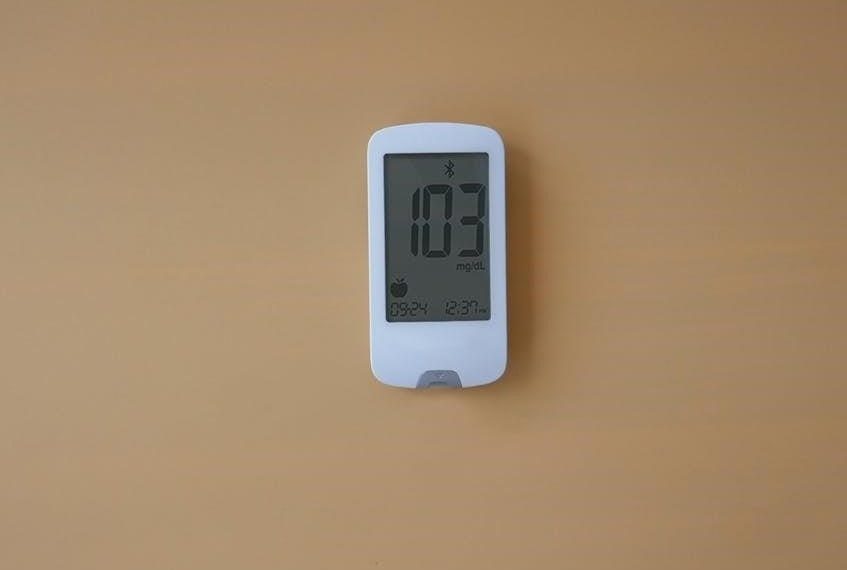user manual equate blood pressure monitor symbols mean
Understanding the symbols on your Equate blood pressure monitor is crucial for effective health monitoring. These symbols convey important information about your readings and device status. This guide helps you decipher these symbols. Understanding these symbols will help you accurately interpret your results.
Importance of Understanding Symbols
Understanding the symbols displayed on your Equate blood pressure monitor is paramount to effectively managing your health. These symbols are not arbitrary; each one conveys specific information about your blood pressure readings, device status, and potential health concerns; Correct interpretation of these symbols ensures you get the most out of your monitor.
Without a clear understanding of these symbols, you risk misinterpreting your blood pressure readings. This misinterpretation can lead to unwarranted anxiety, delayed medical attention, or inappropriate lifestyle changes. By familiarizing yourself with the common symbols, you can accurately track your blood pressure trends, recognize potential irregularities, and communicate effectively with your healthcare provider.
Understanding the symbols ensures you properly use the monitor and maintain it. This includes recognizing low battery warnings or alerts about loose cuff. Ultimately, understanding the symbols empowers you to take control of your cardiovascular health, enabling informed decisions and timely interventions.
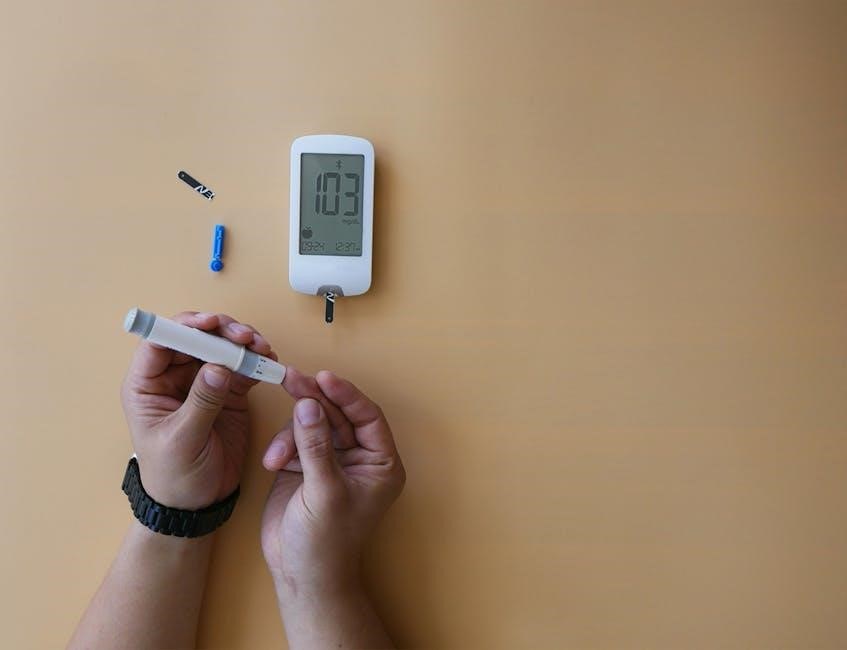
Common Symbols and Their Meanings
Equate blood pressure monitors use symbols to convey readings and status. Common symbols include a heart symbol for pulse rate, a battery symbol for battery life, and indicators for irregular heartbeats.
Heart Symbol: Pulse Rate Indication
The heart symbol on your Equate blood pressure monitor specifically indicates your pulse rate during a measurement. When the monitor is actively taking a reading, a flashing heart symbol may appear, signaling that the device is currently detecting your heart rate. This flashing symbol confirms that the monitor is working to provide an accurate measurement.
Once the measurement is complete, the heart symbol remains displayed alongside a numerical value. This number represents your pulse rate, measured in beats per minute (BPM). This valuable information allows you to track your heart’s performance. This is especially useful for those monitoring cardiovascular health.
By understanding this symbol, you can easily discern your pulse rate. It will give you insights into your cardiovascular wellness each time you use the device. Regularly monitoring your pulse rate, in conjunction with your blood pressure, provides a comprehensive overview of your cardiovascular health. The heart symbol is therefore essential for informed health management.
Battery Symbol: Remaining Battery Life
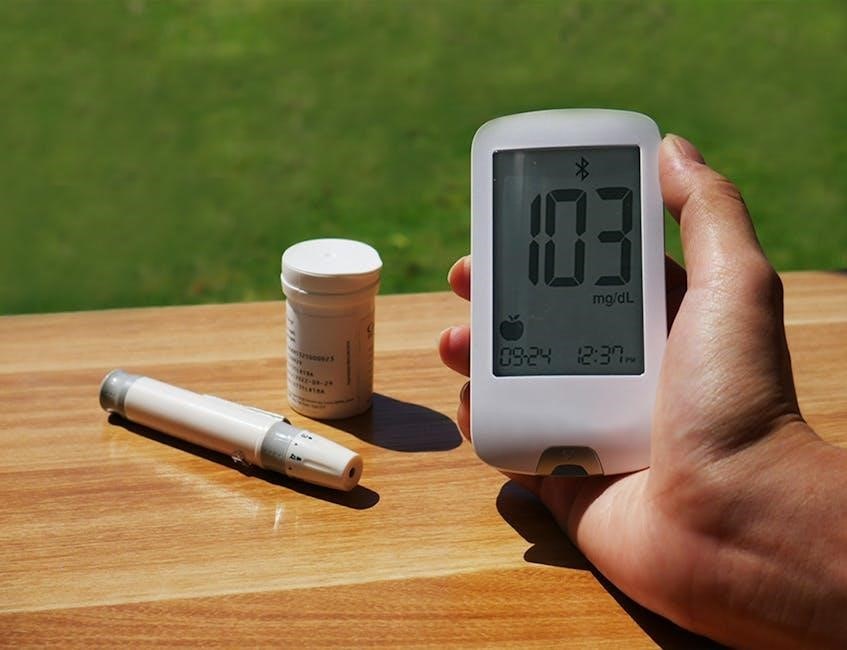
The battery symbol on your Equate blood pressure monitor is a straightforward indicator of the device’s remaining power. This symbol is crucial for ensuring your monitor is always ready when you need it. A fully illuminated battery symbol typically indicates that the battery is adequately charged. This ensures that the monitor will work correctly during your measurements.
As the battery depletes, the symbol may change. It could start flashing or show a progressively emptier icon. This signals that the battery is running low and needs replacement or recharging. It is important to take note of these warnings to avoid unexpected shutdowns during blood pressure readings. A low battery can affect the accuracy.
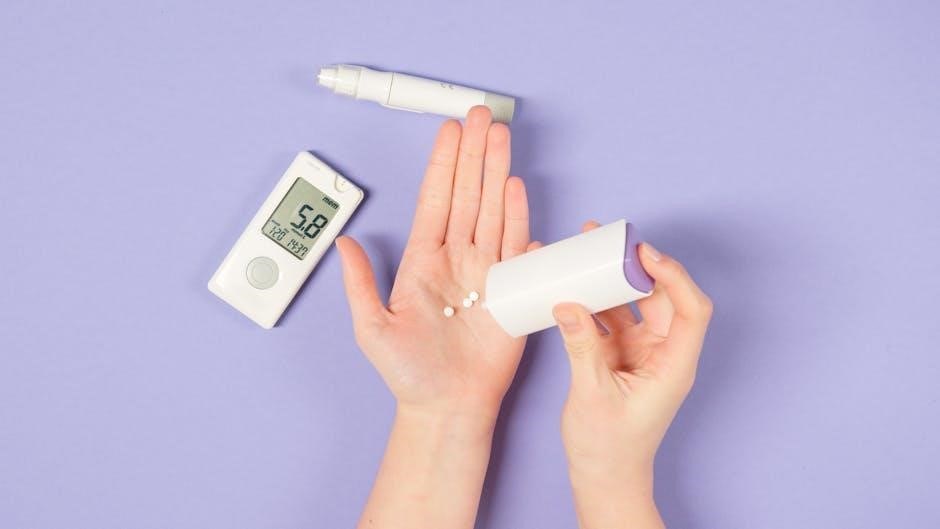
Always replace or recharge the batteries as soon as you notice the low battery symbol. This will ensure consistent and reliable performance. Keeping fresh batteries in your monitor is a simple way to maintain its functionality and accuracy. This allows you to track your blood pressure effectively without interruption.
Irregular Heartbeat Detection Symbol
The irregular heartbeat detection symbol on your Equate blood pressure monitor alerts you to possible arrhythmias during measurement. This symbol, often a heart with an unusual pattern, appears if the monitor detects an irregular pulse. It’s important to understand that this symbol does not diagnose a heart condition.
If the irregular heartbeat symbol appears frequently, consult your doctor. Consistent detection of irregular heartbeats should prompt medical evaluation. Your doctor can determine if further testing is needed to assess your heart health. This symbol serves as a prompt for professional medical advice.
The appearance of this symbol along with your blood pressure readings provides valuable insights. This awareness allows for proactive management of your cardiovascular health. The monitor is designed to provide an early warning sign, not a definitive diagnosis. Always seek a healthcare professional’s opinion for accurate assessment and treatment.
Remember, consistent monitoring and timely medical consultations are key to maintaining good heart health.

Risk Category Indicator
The Risk Category Indicator on your Equate blood pressure monitor provides a quick assessment of your blood pressure level. This indicator typically uses a color-coded bar or symbols to represent different blood pressure ranges. These ranges often align with established guidelines such as those from the American Heart Association.
Understanding the Risk Category Indicator helps you interpret your readings at a glance. The indicator shows whether your blood pressure falls within normal, elevated, or hypertensive ranges. This visual aid simplifies the process of understanding your blood pressure status. It allows for easier tracking of trends over time.
It is essential to remember that the Risk Category Indicator is a guide, not a diagnosis. If your readings consistently fall into elevated or hypertensive categories, seek medical advice. Consult your healthcare provider for proper evaluation and management of your blood pressure. This indicator provides a valuable tool for proactive health monitoring.
Regularly monitoring your blood pressure and understanding the Risk Category Indicator empowers you to take control of your cardiovascular health.

Display Readings on the Equate Monitor
The Equate blood pressure monitor displays essential readings clearly on its LCD screen; Understanding these readings is vital for monitoring your cardiovascular health. The systolic and diastolic blood pressure values are prominently shown.
Systolic and Diastolic Blood Pressure
The Equate blood pressure monitor showcases two primary readings: systolic and diastolic blood pressure. These numbers represent the pressure in your arteries during different phases of your heartbeat. The systolic reading, the higher of the two, indicates the pressure when your heart contracts and pumps blood into your arteries.
Conversely, the diastolic reading, the lower number, reflects the pressure in your arteries when your heart relaxes between beats. These readings are typically presented as two numbers separated by a slash (e.g., 120/80 mmHg). Consistently monitoring both systolic and diastolic blood pressure is essential for assessing your cardiovascular health and detecting any potential issues early on. Understanding the significance of each reading allows for proactive management of your health.
Systolic and diastolic readings, when interpreted together, provide a comprehensive view of your blood pressure status. Paying close attention to these values and consulting with a healthcare professional can help you maintain optimal cardiovascular well-being.
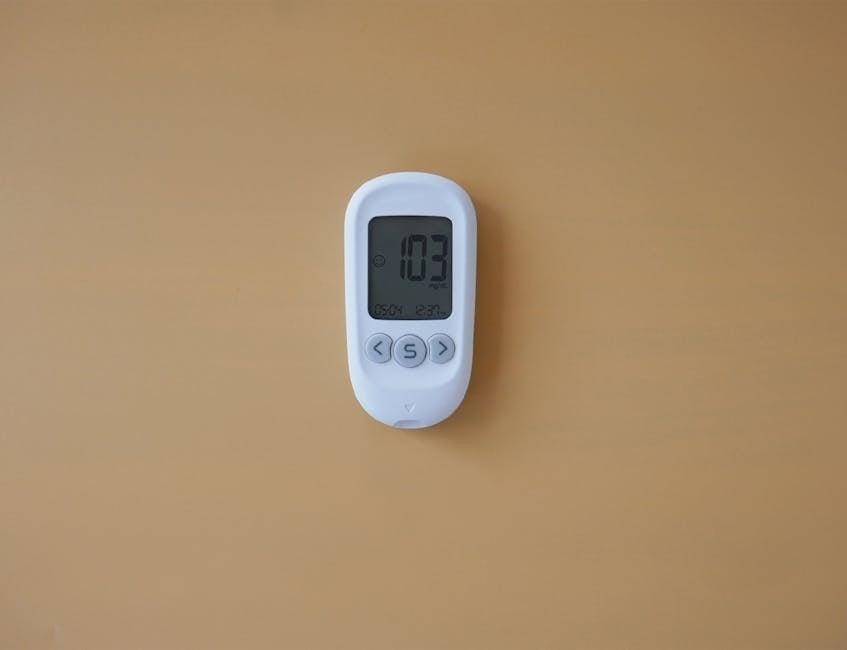
Troubleshooting Symbols
Encountering unexpected symbols? This section addresses common troubleshooting symbols on your Equate monitor. Understanding these symbols is key to resolving issues. Proper cuff placement and functioning batteries are essential for accurate readings and device performance.
Loose Cuff Symbol
The loose cuff symbol is a critical indicator during blood pressure measurement with your Equate monitor. This symbol appears on the display when the cuff is not properly secured around your arm. An improperly fitted cuff can lead to inaccurate readings. This inaccuracy compromises the reliability of your blood pressure data.
To resolve this issue, ensure the cuff is snugly fitted. Make sure it is positioned correctly according to the monitor’s instructions. The cuff should be wrapped firmly around your upper arm. It should not be too tight to restrict circulation, but snug enough to prevent movement during inflation.
If the loose cuff symbol persists, readjust the cuff. Then restart the measurement process. Double-check the cuff’s positioning and tightness. A properly fitted cuff is essential for obtaining reliable blood pressure readings. Paying attention to this symbol ensures accurate monitoring. It also helps you maintain a consistent tracking of your cardiovascular health.
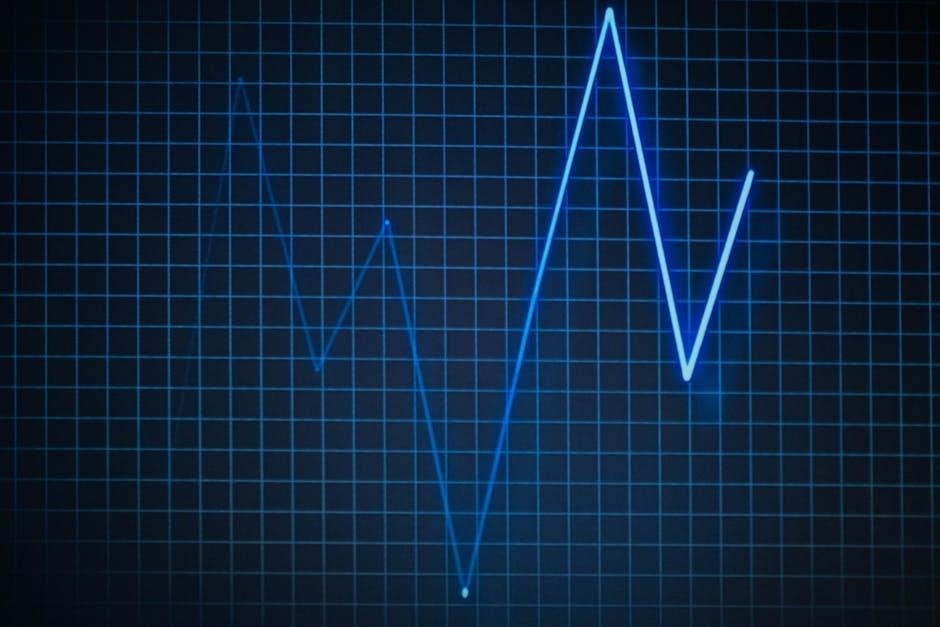
Additional Features and Symbols
Equate blood pressure monitors may include extra features indicated by specific symbols. These can enhance the user experience and data management. Features like Bluetooth connectivity or a talking function are represented by distinct symbols on the device’s display.
Talking Function (If Applicable)
Some Equate blood pressure monitors feature a talking function, which audibly announces blood pressure readings and instructions. If your monitor has this feature, a speaker symbol might be displayed. This symbol indicates that the talking function is active. To enable or disable this feature, consult your user manual for specific instructions, as models vary.
The talking function is beneficial for users with visual impairments or those who prefer auditory feedback. It can announce systolic and diastolic blood pressure, pulse rate, and any error messages. Ensure the volume is adjusted to a comfortable level. Some models allow language selection for the talking function.
If the talking function isn’t working, check the settings in the device’s menu. Also, verify that the volume is not muted. If problems persist, replace the batteries or contact customer support. Note that this feature is not available on all Equate blood pressure monitors.
Bluetooth Synchronization Symbol
Some Equate blood pressure monitors offer Bluetooth connectivity, allowing you to sync readings with smartphones or tablets. The Bluetooth symbol, resembling a stylized “B,” indicates that the monitor is paired or attempting to connect with a device. When the symbol is steadily displayed, the monitor is successfully connected. A flashing symbol means it’s searching for a device.
To initiate pairing, follow the instructions in your monitor’s manual. Typically, this involves enabling Bluetooth on your mobile device and pressing a button on the monitor. The monitor will then appear in your device’s list of available Bluetooth connections.
Once paired, your blood pressure readings are automatically transferred to the app, allowing you to track trends and share data with healthcare providers. If you encounter connection issues, ensure that Bluetooth is enabled on both devices. Also, check the app for updates and try restarting the monitor.
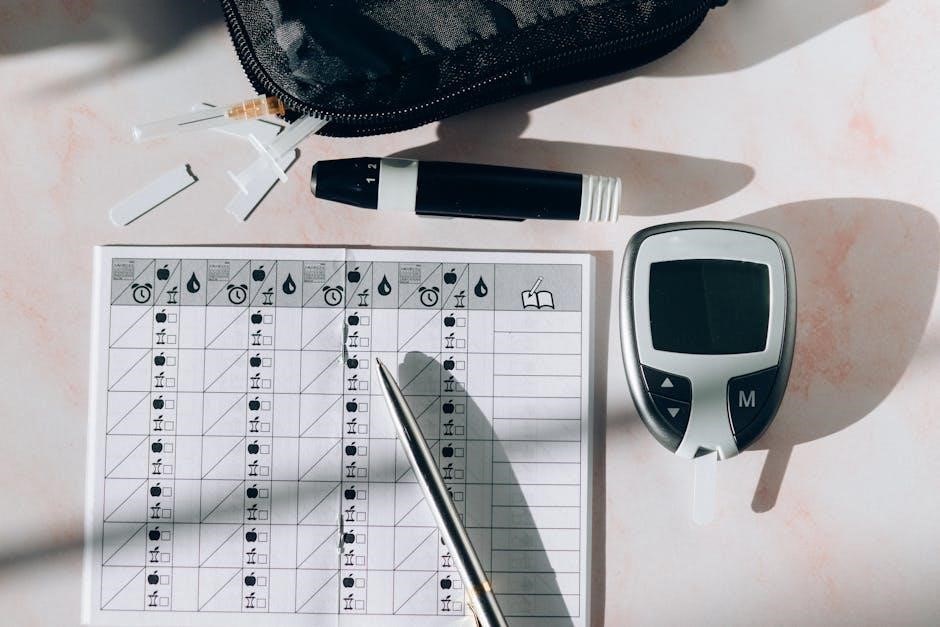
Understanding Blood Pressure Categories
Blood pressure readings are categorized to help you understand your cardiovascular health. These categories, established by health organizations, provide a framework for interpreting your systolic and diastolic numbers. A reading consists of two numbers: systolic (pressure when the heart beats) and diastolic (pressure when the heart rests).
Normal blood pressure is typically defined as less than 120/80 mmHg. Elevated blood pressure is when systolic readings consistently range from 120-129 mmHg and diastolic readings are less than 80 mmHg. Stage 1 hypertension is indicated by systolic readings of 130-139 mmHg or diastolic readings of 80-89 mmHg.
Stage 2 hypertension occurs when systolic readings are 140 mmHg or higher, or diastolic readings are 90 mmHg or higher. A hypertensive crisis, requiring immediate medical attention, is when systolic readings exceed 180 mmHg and/or diastolic readings exceed 120 mmHg. Consult with your healthcare provider.
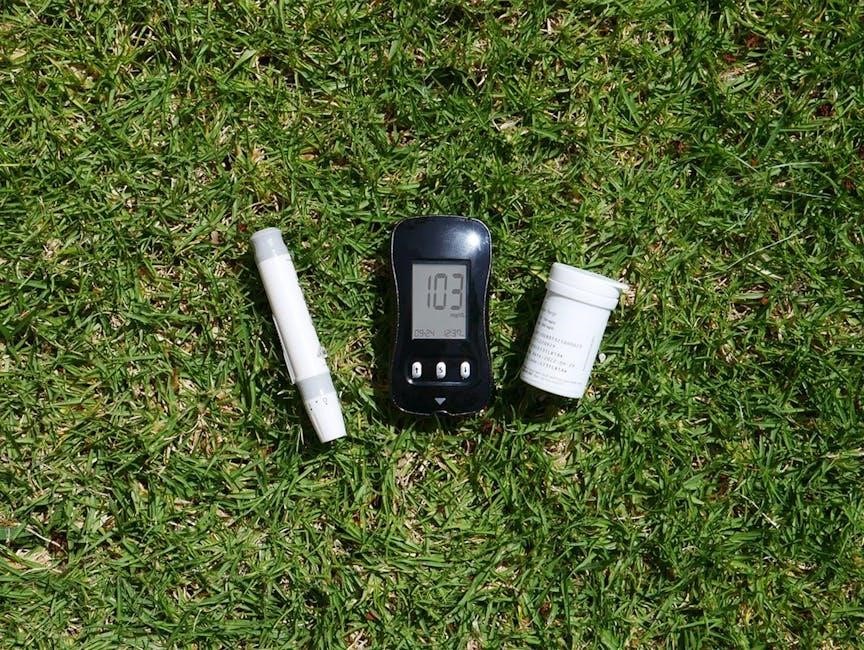
Using the Monitor Effectively
To ensure accurate blood pressure readings, it’s essential to use your Equate monitor correctly. Begin by resting for at least five minutes before taking a measurement. Sit in a chair with your back supported and your feet flat on the floor. Avoid caffeine, alcohol, and tobacco for at least 30 minutes beforehand.
Apply the cuff to your bare upper arm, positioning it correctly as indicated in the device’s manual. Ensure the cuff is snug but not too tight, allowing one finger to slide underneath. Keep your arm at heart level during the measurement. Remain still and avoid talking while the monitor is operating.
Take multiple readings, spaced a minute or two apart, and record the results. Note the date and time of each measurement. Regularly check the monitor’s batteries and replace them as needed. Consult your healthcare provider to understand the readings. Consistent and proper use of the monitor is key.
